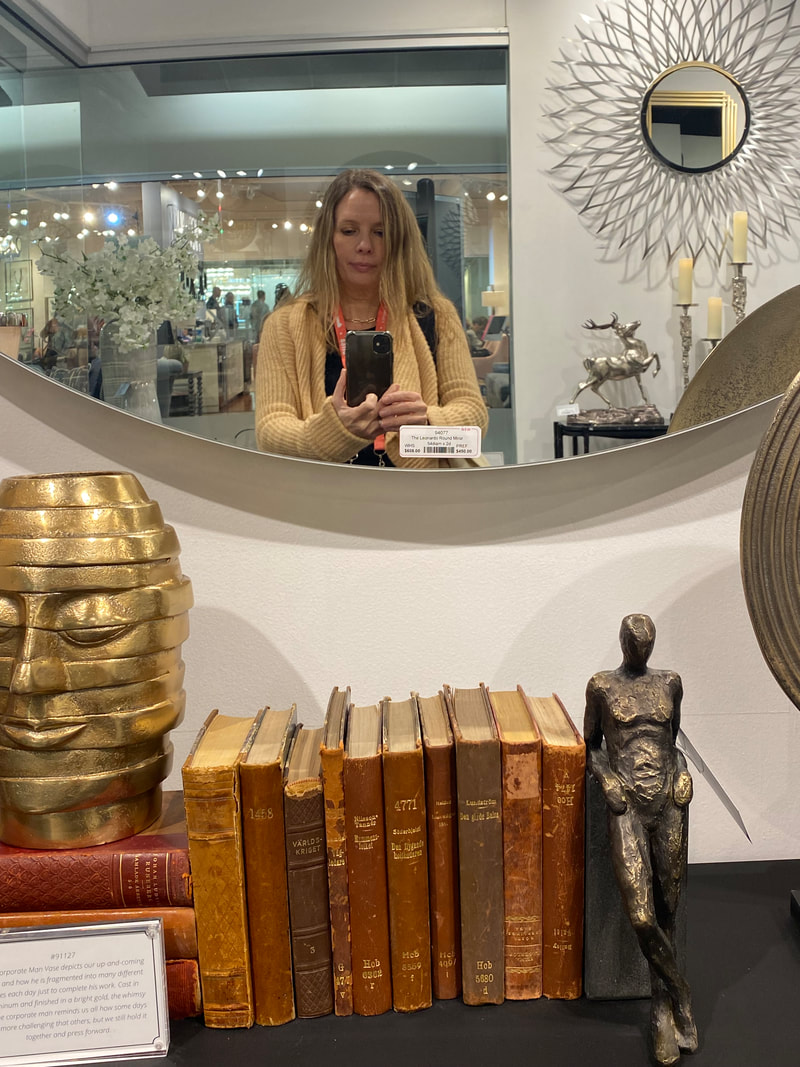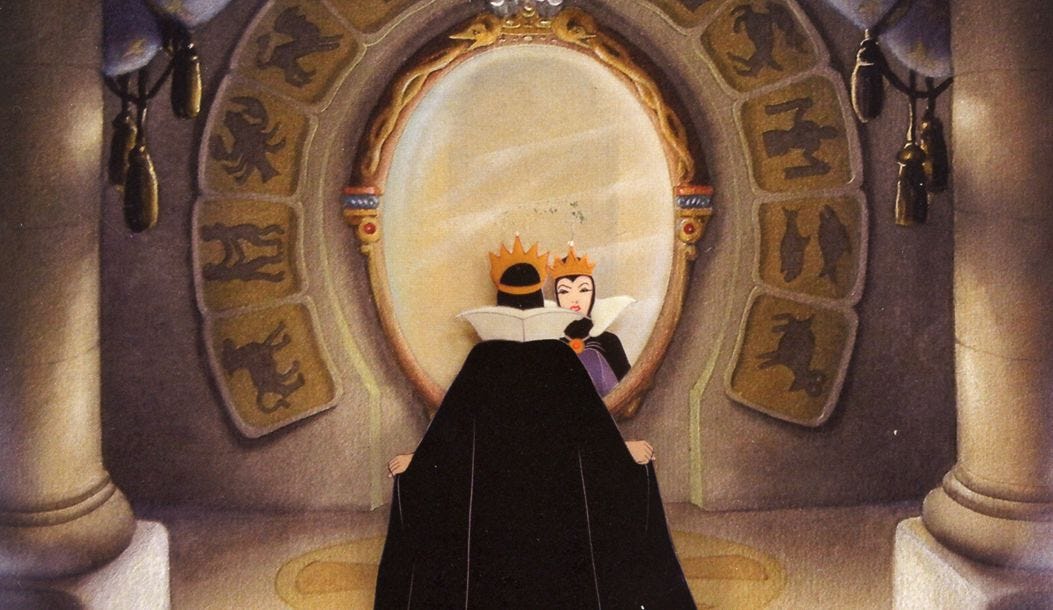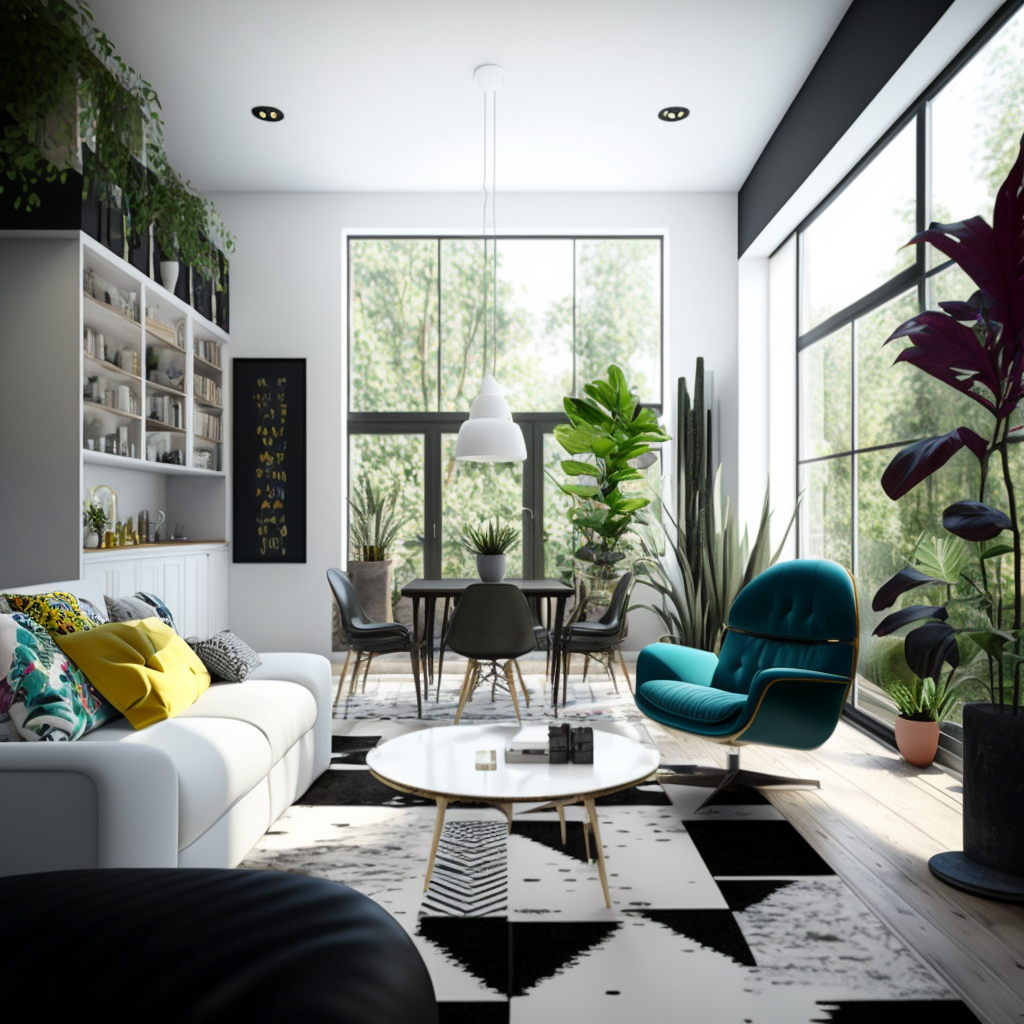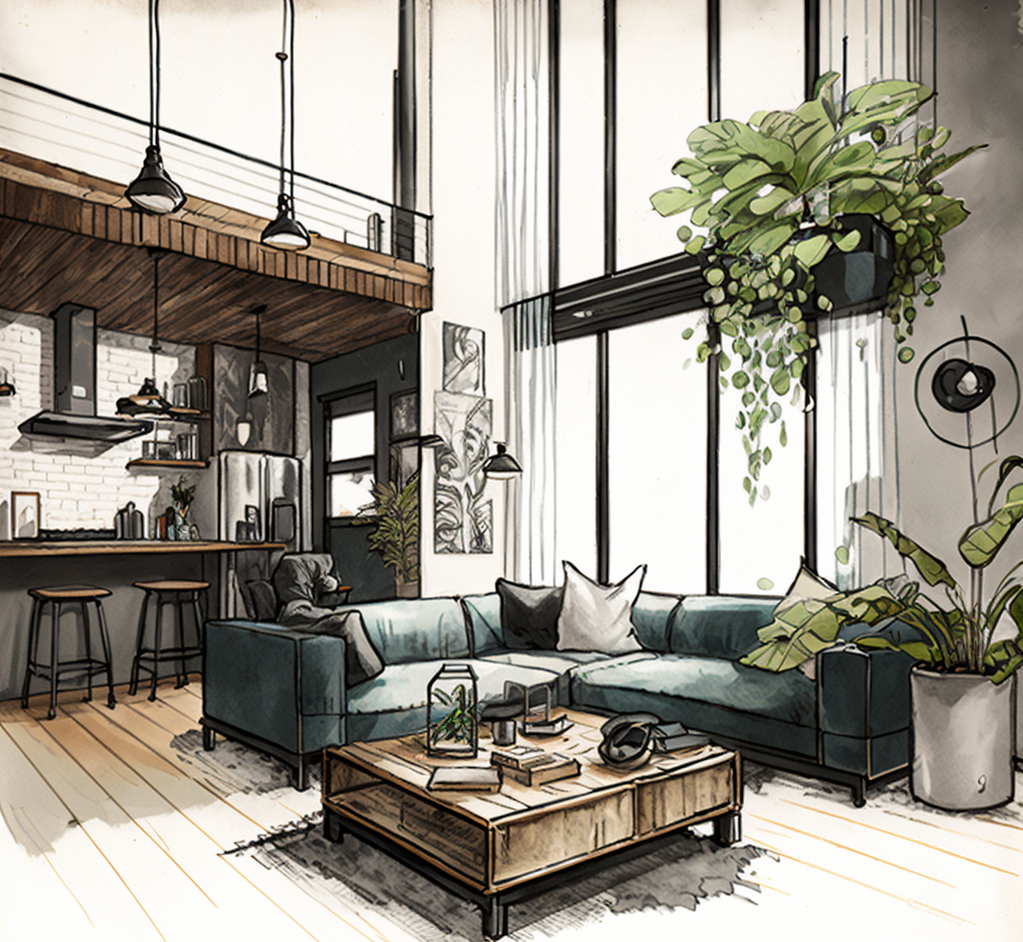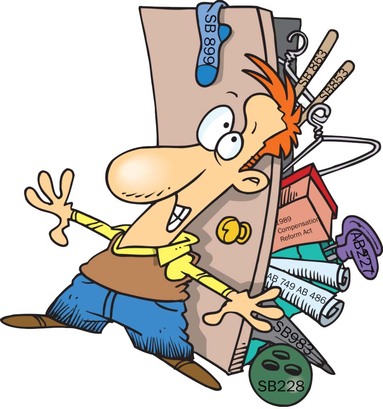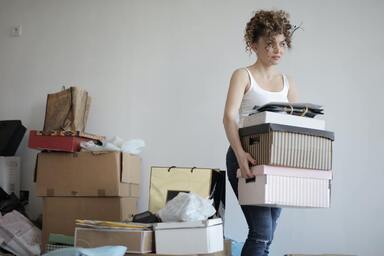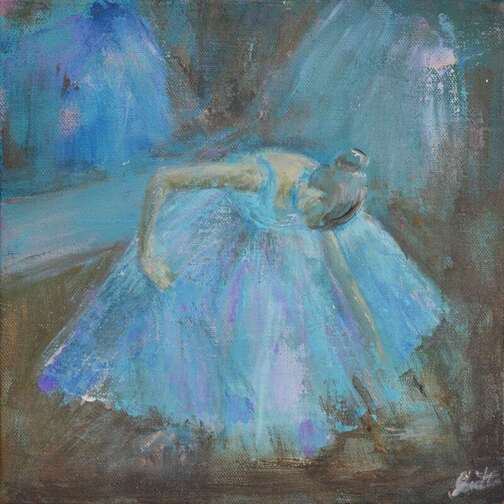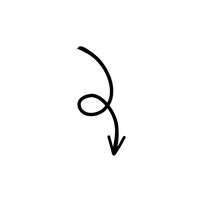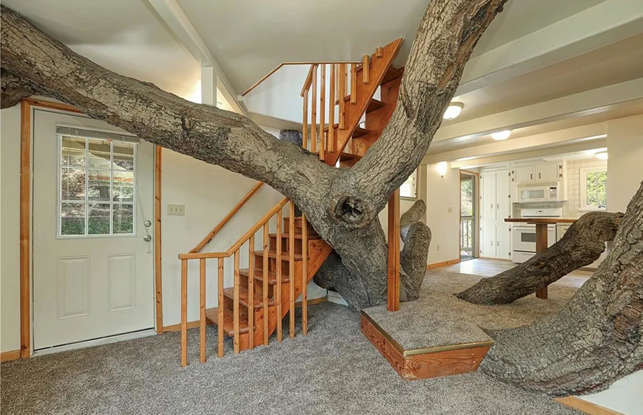The Transformative Power of Mirrors: Exploring Interior Design, Symbolism, and Personal Growth7/17/2023 Mirrors possess a captivating allure that transcends their functional purpose. Their ability to reflect not only our physical appearance but also deeper aspects of our lives is a subject of great intrigue. In this blog post, we will explore of the multifaceted role of mirrors, examining their significance in interior design, their symbolic meaning in the subconscious mind, and the intriguing concept of other people serving as mirrors for self-reflection and personal growth. 1. Mirrors in Interior Design: Mirrors are versatile tools in interior design that offer both aesthetic and functional benefits. Through strategic placement, they can dramatically transform a space:
2. Mirrors in the Subconscious Mind: Beyond their physical existence, mirrors bear symbolic weight in the realm of the subconscious mind, representing a portal for self-reflection and personal discovery:
3. Other People as Mirrors: The concept of other people as mirrors posits that our interactions with them can serve as profound catalysts for self-reflection and personal development:
Mirrors hold transformative power, shaping interior spaces, unlocking the depths of our subconscious minds, and facilitating personal growth through interactions with others. Embrace the reflective power of mirrors in all its manifestations and embark on a journey of self-understanding, environment shaping, and deeper connections with the world around you. If you're intrigued by the profound connection between space, spirit, and psyche, explore my lifestyle design services, where I harness the powerful energy of space transformation as a catalyst for lifestyle transformation. Shop our favorite mirrors collection
0 Comments
Creating a sustainable and wellness-focused home is not only beneficial for the environment but also promotes a healthier and more mindful lifestyle. By incorporating eco-friendly design ideas into your living space, you can reduce your carbon footprint and enhance your overall well-being. In this blog post, we will explore five eco-friendly design ideas that will transform your home into a sustainable sanctuary.
Transforming your home into an eco-friendly and wellness-focused haven is an investment in both your personal well-being and the planet. These are only a few examples, but by incorporating even a few of these eco-friendly design ideas, you can create a sustainable living space that aligns with your values.
Why do I let my husband place a putting green in the middle of our living room, which also doubles as our dog’s millionth area rug and shedding ground? Not so much in line with happy wife happy life, but honestly, if they’re happy I’m happy. I just need to find one that doesn’t clash with the rest of the décor… I wonder If they make monochromatic, midcentury modern putting greens for living rooms… 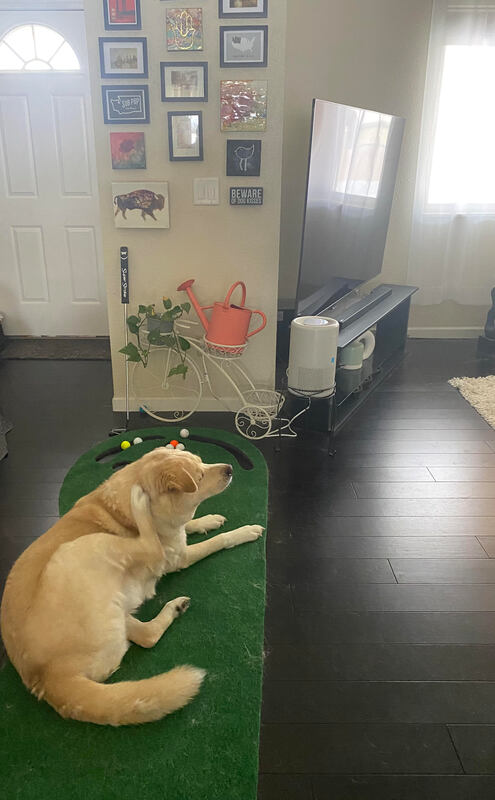 Happiness is like a cozy home - it's warm, inviting, and designed to make you feel good. And just like how interior design can spruce up a drab living space, it can also improve your mood and overall happiness. So, let's get started on designing your happy place! First up, color psychology! Who knew that a coat of paint could be the ultimate pick-me-up? But it's true, warm colors like yellow and orange can evoke feelings of happiness and energy, while cool colors like blue and green can create a calming and soothing atmosphere. Incorporating these colors into your home décor can create a positive and joyful environment. I painted one of the walls in my bathroom a delicate pink and I absolutely love it, I would however recommend against going for neon pink, unless you also plan on incorporating flamingos into the décor. Now, let's talk about natural light. Have you ever noticed how the sun just makes everything better? It's like a natural energy boost that leaves you feeling happy and alive. But, if you're living in a dark basement apartment, don't worry, you can always invest in a few artificial light sources that mimic the sun. Just don't go too overboard, unless you want your home to look like a tanning salon or are planning on growing weed… Next up, decluttering and simplifying. Let's face it, clutter and chaos in your living space can create stress and anxiety. Plus, if your home looks like an episode of Hoarders, you may scare off potential dates. So, it's time to Marie Kondo your life and get rid of everything that doesn't spark joy. Simplify your living space by removing unnecessary clutter, organizing your belongings, and creating a streamlined design. Incorporating natural elements and biophilia into your home design can create a sense of calm and connection to the outdoors. Adding plants, flowers, or even natural materials like wood or stone can bring a sense of peace and tranquility to your living space. Last but not least, personalizing your space. Adding personal touches to your home can create a sense of comfort and happiness. Displaying personal photos, artwork, or sentimental items can make your living space feel more like home and create a sense of nostalgia and happiness. In conclusion, interior design plays a significant role in creating a happy and positive living space. By using color psychology, natural light, decluttering, bringing nature indoors, and personalizing your space, you can create an environment that promotes feelings of joy, relaxation, and contentment. Interior design is definitely a fun and creative way to boost your mood and overall happiness. So, go ahead, put on some tunes, grab a glass of wine, and let's get decorating! Are you drowning in a sea of clutter? Do you feel like every time you clean, it just comes back stronger, like a cockroach that just won't die? Well, my friend, you might be dealing with more than just a messy house - you might have an emotional attachment to your clutter. Clutter can be like a security blanket. It's always there, reminding you of simpler times, or of the good old days when you could actually see your kitchen counter or fit those skinny jeans. But sometimes, that security blanket can turn into a straightjacket, trapping you in a cycle of clutter and chaos. So, what's a clutter-bug to do? First of all, you have to acknowledge that your clutter may be an emotional issue. Maybe you're holding onto that stack of magazines because one day you’ll actually get around to reading them, even if you haven’t found the time in the last 25 years. Or maybe you're keeping that old t-shirt because you're afraid of letting go of the past, or fear there won’t be enough for clothes in the future, and thus affirming lack. Whatever the reason, it might be time to confront it head on.
Our take on clutter, or decluttering to be precise, is more on an intentional and energetical level, and from experience (as someone who definitely has a hard time getting rid of things), clutter clearing with intention can work wonders for your space and your mindset. So if you're feeling overwhelmed, don't hesitate to reach out for help. Just think of it as a little spring cleaning for your soul.
In conclusion, clutter can be more than just a physical problem - it can also be an emotional one. But with a little bit of humor and a lot of determination, you can take the first step to overcoming your figurative and literal clutter, and reclaim your space. So go ahead and set sail towards that decluttering voyage - your inner hoarder will thank you for it. If you need a little push getting started, check out our lowercase woo-woo consultation in our services or contact us. What if this is you
and you, and your very different styles have to coexist in one space? It is not as farfetched or uncommon as one would hope, at least not in my house, as well as in Montana where we live. Of course this is an exaggeration to illustrate a point, yet many husbands and wives and other type of domestic partnerships, and even roommates face similar situations.
What is one to do? Combining husband and wife and different interior design styles can be a challenge, but it's also an opportunity to create a space that truly reflects both partners. look at it as a fun, even if a tad challenging task, as combining elements from various design aesthetics will help you create a unique and personalized space. Here are some tips to help you achieve a successful blend of tastes and styles: Identify the dominant style or common themes Start by determining which style you want to be the dominant theme in your space. This could be the style that you are most drawn to, or the one that is most practical for your lifestyle. Look for common themes and elements in both design styles. For example, if both partners prefer clean lines, neutral colors, and natural materials, focus on incorporating these elements into the space. Pick complementary styles or create zones Choose styles that complement the dominant style and work well together. For example, a traditional style can be complemented by a touch of modern, or a bohemian style can be complemented by a touch of industrial. If one partner prefers a more traditional look while the other likes a more modern style, consider also creating separate sub-zones within the space. Create a color palette Choose a color palette that ties all the styles together. Use neutral colors such as black, white, cream and gray as the base and add pops of color from each style, however make sure it is a limited color palette. Too many colors can detract and make each piece in your room feel like it stands alone. Mix and match Mix and match furniture from different styles to create a cohesive look. For example, you can combine a traditional sofa with a modern coffee table or a bohemian rug with an industrial pendant light. Combining elements of both design styles and personalities can create a unique look that reflects both partners. Use art One of the wonderful things about using art in your design is that it can be used to combine a variety of interior design styles. Add an abstract or modern art piece to a room of traditional furniture or pair a landscape with modern furniture. In fact, mixing it up a bit keeps the room from looking too uninspired or stiff. Use accessories Use accessories such as throw pillows, curtains, and artwork to bring together all the different styles and tie them all together. Choose items that have elements from each style and place them in strategic locations to balance the space. Experiment with texture and patterns Different textures can help bridge the gap between two different design styles. For example, if one partner prefers a sleek, modern look, add texture to the space through plush rugs, textured fabrics, or woven baskets. Another option is to choose a unifying pattern. Watch Size and Scale A word of caution: pay close attention to scale and size. A giant overstuffed chair will look terrible in a room full of delicate feminine pieces. Keep items similarly sized and scale-friendly. Consider compromise Compromise is the key when combining two different design styles. If one partner is unwilling to compromise on a certain aspect of their design style, find ways to incorporate that element in a different way. One good way to do this is to make the oddball into the focal point. Ultimately, the most important thing is to create a space that both partners love and feel comfortable in. Be open minded, and have fun experimenting with different design elements until you find a style that works for both of you. Remember, the key is to create a harmonious balance between all the elements. |
Author
|
